Nothing Phone (3) review — different, defiantly so
The Nothing Phone (3) follows the beat of its own drum. And that’s a very good thing…
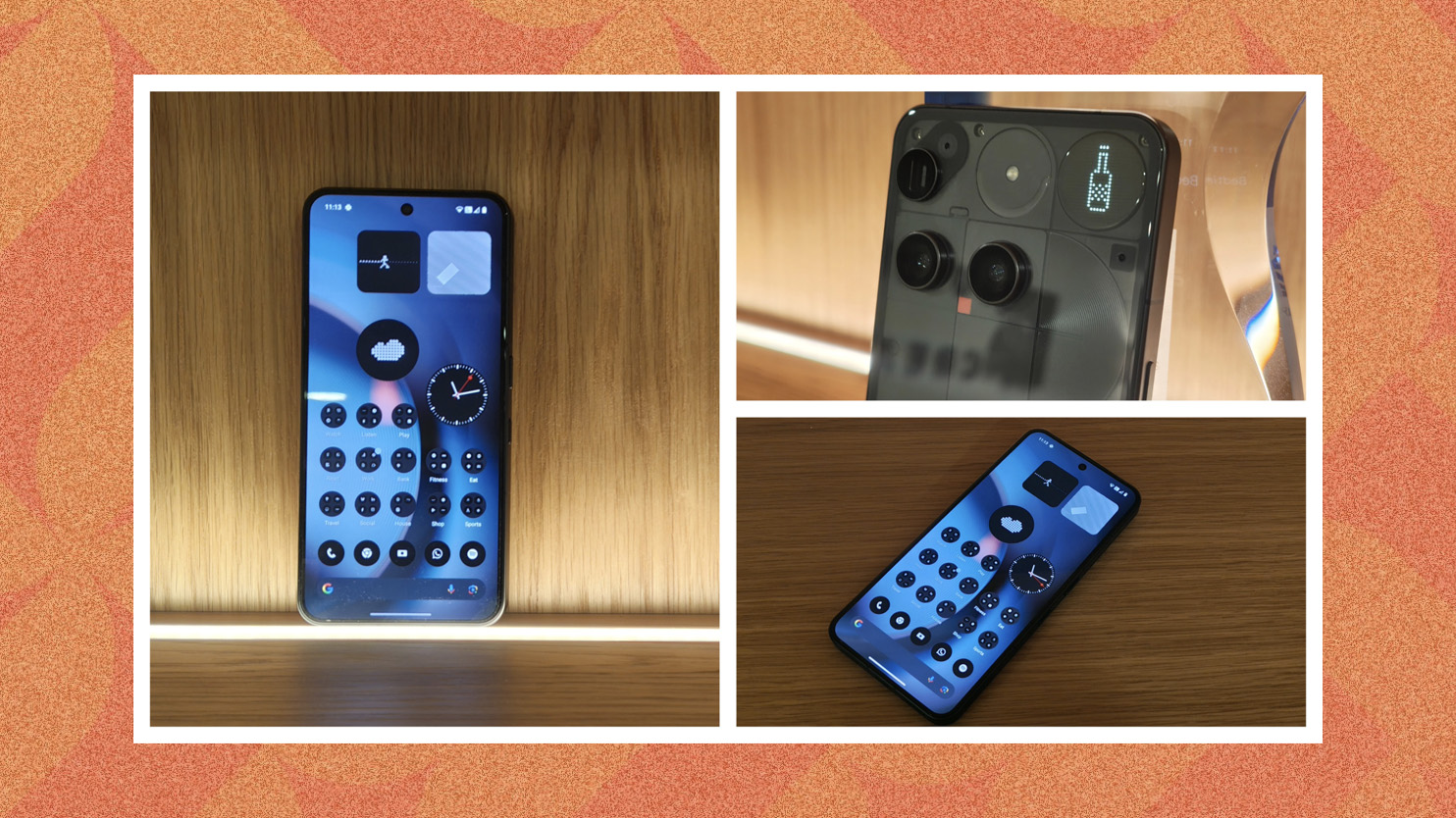

Fun. It’s not a word that’s usually associated with technology but that’s the first thing that comes to mind when I think about the Nothing Phone (3).
Its makers may be deadly serious about taking on the big folks with its first full-fat flagship, but watching a bottle glyph spinning on the back of the device, it’s clear that this is a handset that’s taking the ‘business on top, party on bottom’ approach to things. And I couldn’t be happier about this.
I’ve had a few weeks with the Nothing Phone (3) and here are 5 things to know about the phone that puts the fun into flagship…
Nothing Phone (3): The core specs and features
Before we dig into the details, here’s a quick run down of the main features of the Nothing Phone (3):
- Dimensions: 160.6 x 75.6 x 9mm
- Weight: 218g
- OS: Android 15
- Processor: Qualcomm Snapdragon 8s Gen 4
- Cameras: 3x 50MP (wide, telephoto, ultrawide); 1x 50MP front camera
- Colours: White and Black
- Price: £ 799.00 / € 799.00 / $ 799
1. The design is distinctive
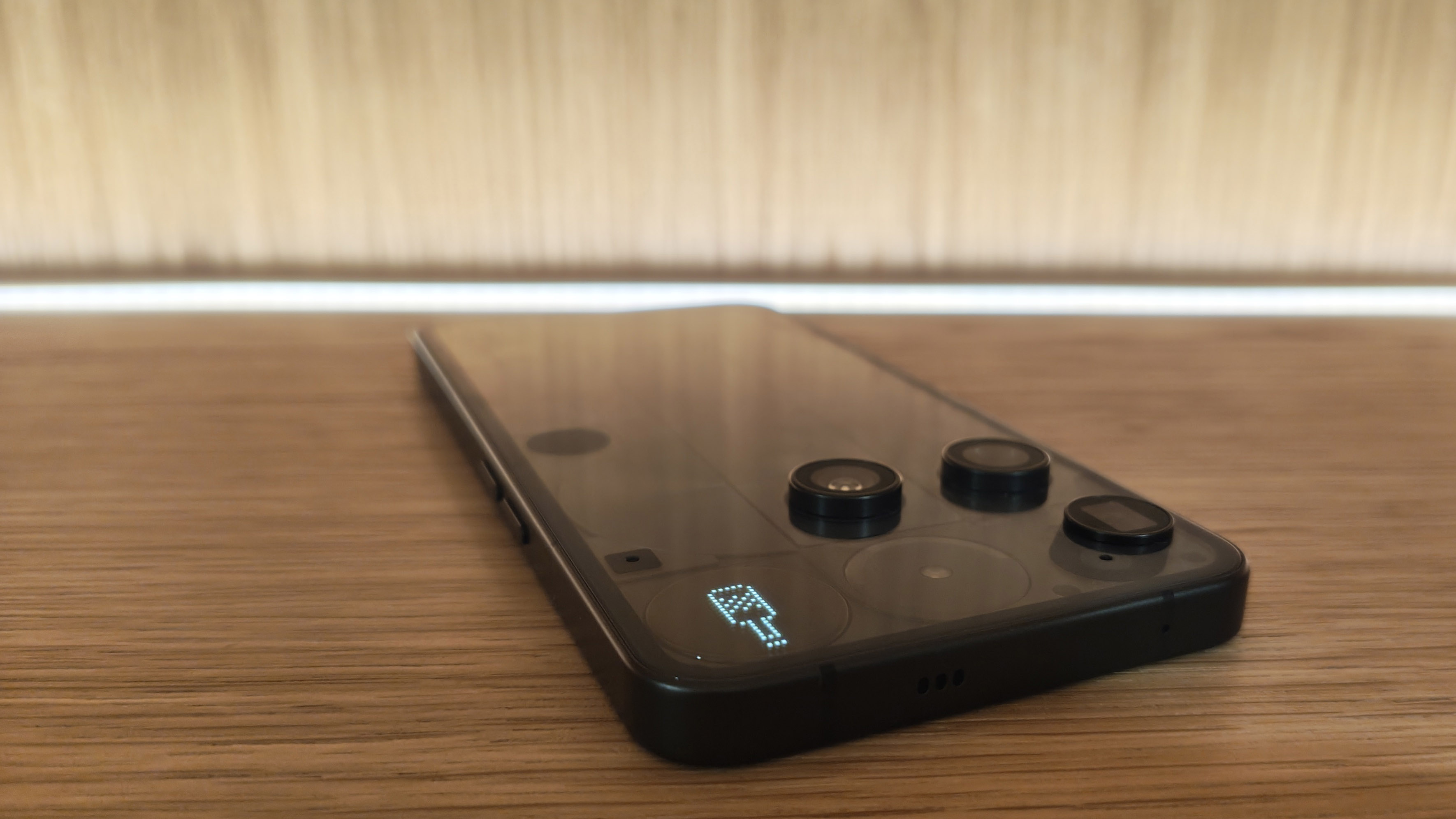
Anyone who has cast their eyes over a Nothing Phone will be well at home with the design quirks of the Nothing Phone (3). It is distinctive. Think back to when you could spot an iPhone in a crowd of other phones, before its design was poached by others.
That is what you get with the Nothing Phone (3). It still leans into the see-through design approach, where its back showcases the lines and avenues of its circuit boards and modules. But this is balanced by a more refined look.
Its seemingly skewed camera layout will irk some but I love it. The asymmetrical approach is a little discombobulating but the more I looked at it, the more it worked.
Get exclusive shortlists, celebrity interviews and the best deals on the products you care about, straight to your inbox.
The real reason for the design refinement, though, is the disappearance of the Glyph LED lights. These have been replaced by a circular Glyph Matrix. This small circular screen on the top-right on the back of the phone is a joy and controlled by a touch-sensitive button — more on this later.
The rest of the phone is designed more conservatively. The screen is a 6.67 inch (120Hz) AMOLED, protected by Gorilla Glass 7i. The full phone dimensions are 160.6 x 75.6 x 9 mm — and it weighs 218g.
There are four buttons in total, two on each side — one of these on the right is small and is called the Essential Key, which allows you to quickly capture notes and the like which are all ordered by AI.
2. Performance is punchy
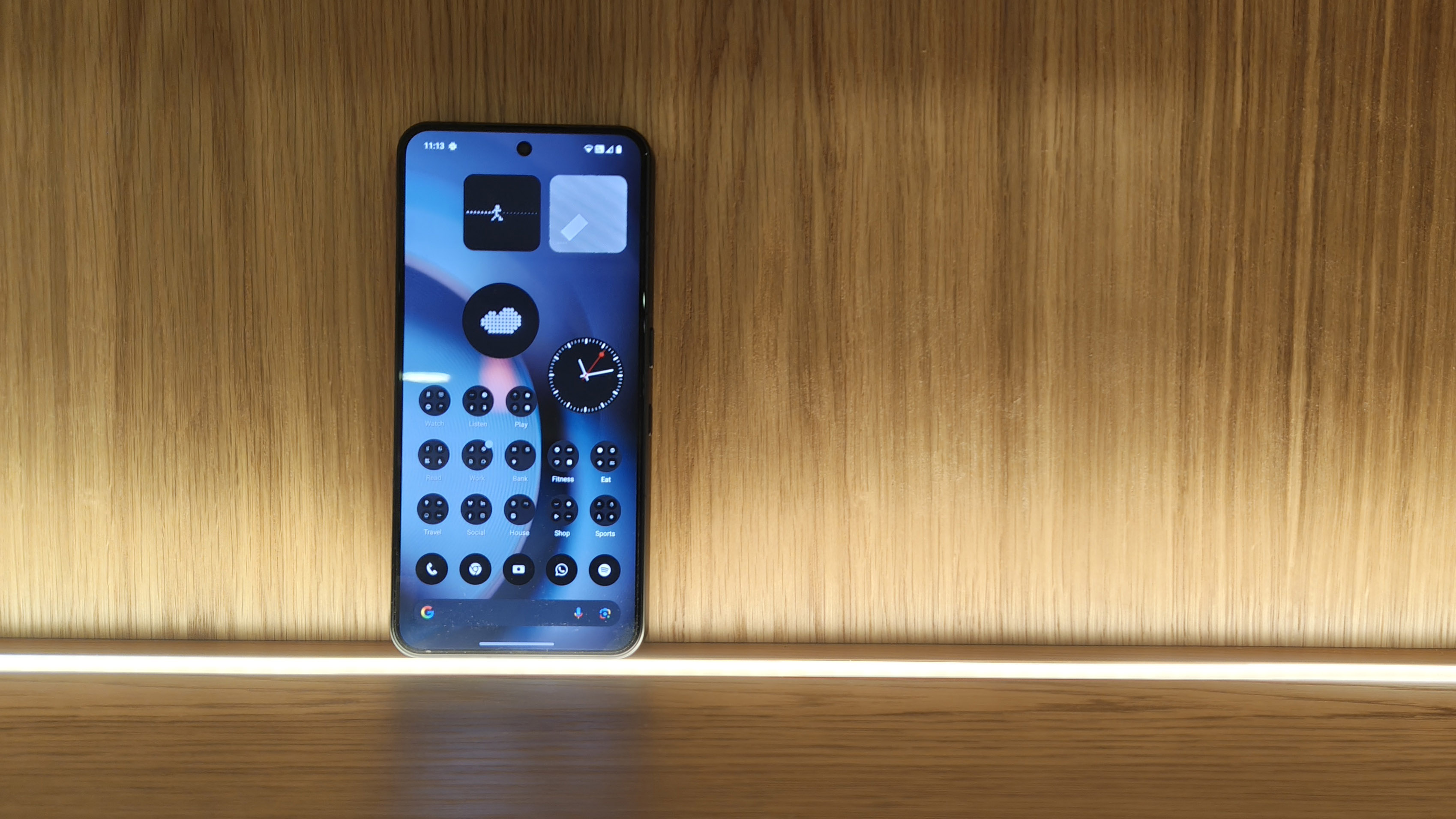
The Nothing Phone (3) aims high but doesn’t quite match its flagship bedfellows when it comes to performance on paper. But did I notice this when using the phone as my daily drive? Nope.
The Snapdragon 8s Gen 4 processor — premium but not top draw — did well to cut away any feeling of lag or stutter when flipping between apps.
The phone did get a little warm when playing Call of Duty: Mobile but it handled the graphics and speed of the game brilliantly.
Loading up YouTube, the screen lit up with a vibrancy when the HDR kicked in.
The model I was using had 16GB + 2GB of RAM and it felt more than capable handling any task I used it for.
3. Nothing’s UI is still the best
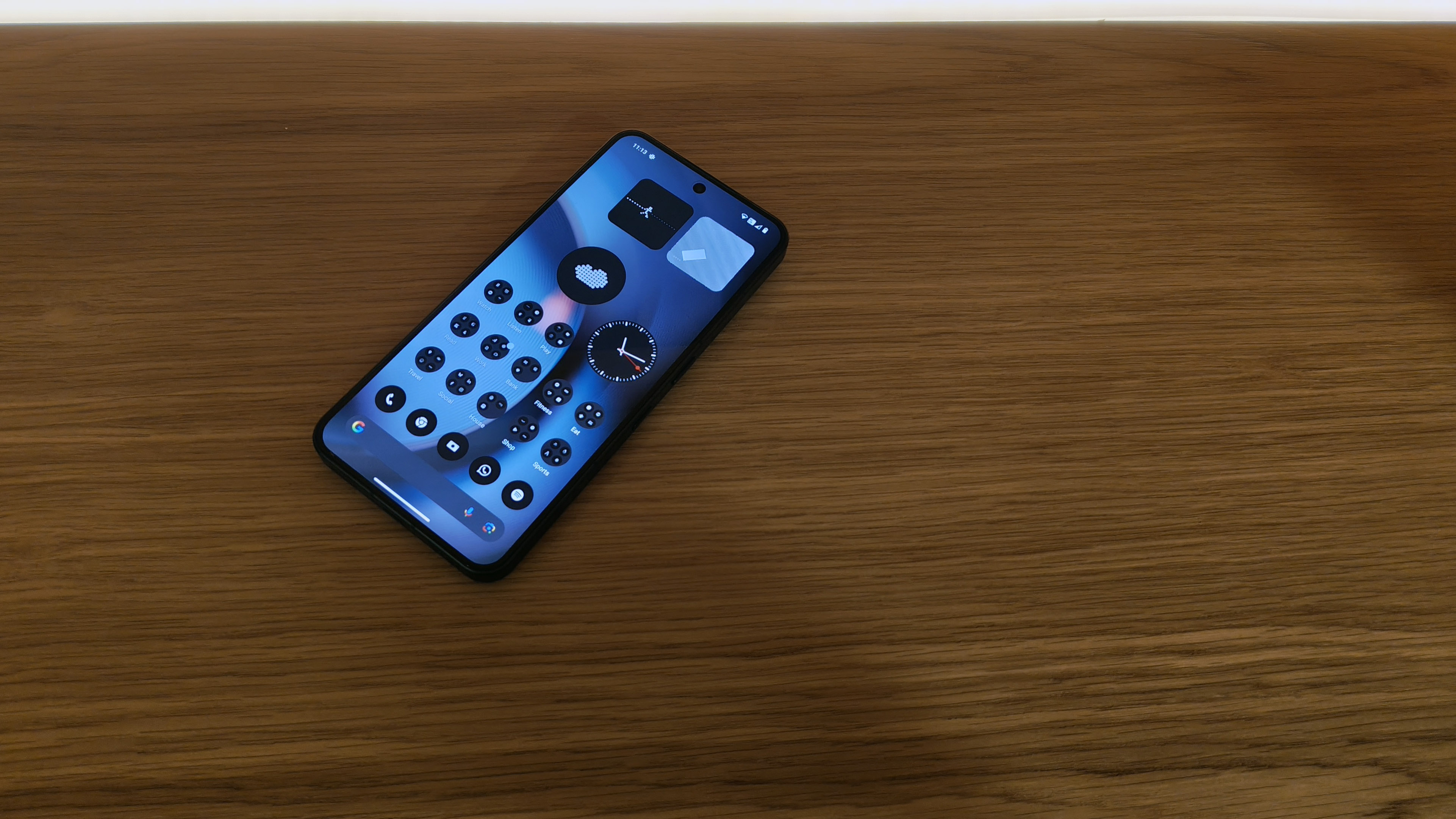
When it comes to Android, I usually prefer the simplicity of Google’s operating system with no overlay, but I am in love with Nothing’s monochrome, dot matrix makeover.
You have the choice of this or a normal Android flavour but this minimalist look — where all icons are black and white — really does compliment the stylish hardware and Nothing has really thought about the usability of this design, as well as how it looks.
There are some 18 widgets to choose from — the step counter with the stick man is particularly cool, as is the analog clock and 8-bit weather app.
Swiping up on the homescreen allows you to see all your apps and Nothing has handily put these into categories that actually make sense. The monochrome look disappears here, but it’s still a neat and tidy space.
Swipe down and you can toggle which quick reach buttons you want. A swipe to the right brings you into Google’s Discover feed.
While not new — it was first introduced on the Nothing Phone (3a) — Nothing has embraced AI with its Essential Space area.
This has the potential to be something pretty powerful, although I did find myself filling it with needless screengrabs as I kept accidentally pressing its aforementioned dedicated button.
This niggle aside, it’s a great, quick way to take screenshots of things and append audio and written notes to them. Nothing manages to organise these well, so as not to look like inane scribblings.
It also uses AI in its internal search as well. Here when searching for something it will give you on-phone and on-Google results which is great if you are looking for a particular app or service.
Then there’s the Glyph Matrix. This successor to the Glyph Lights is a joy to use, even if it feels a touch underdeveloped right now.
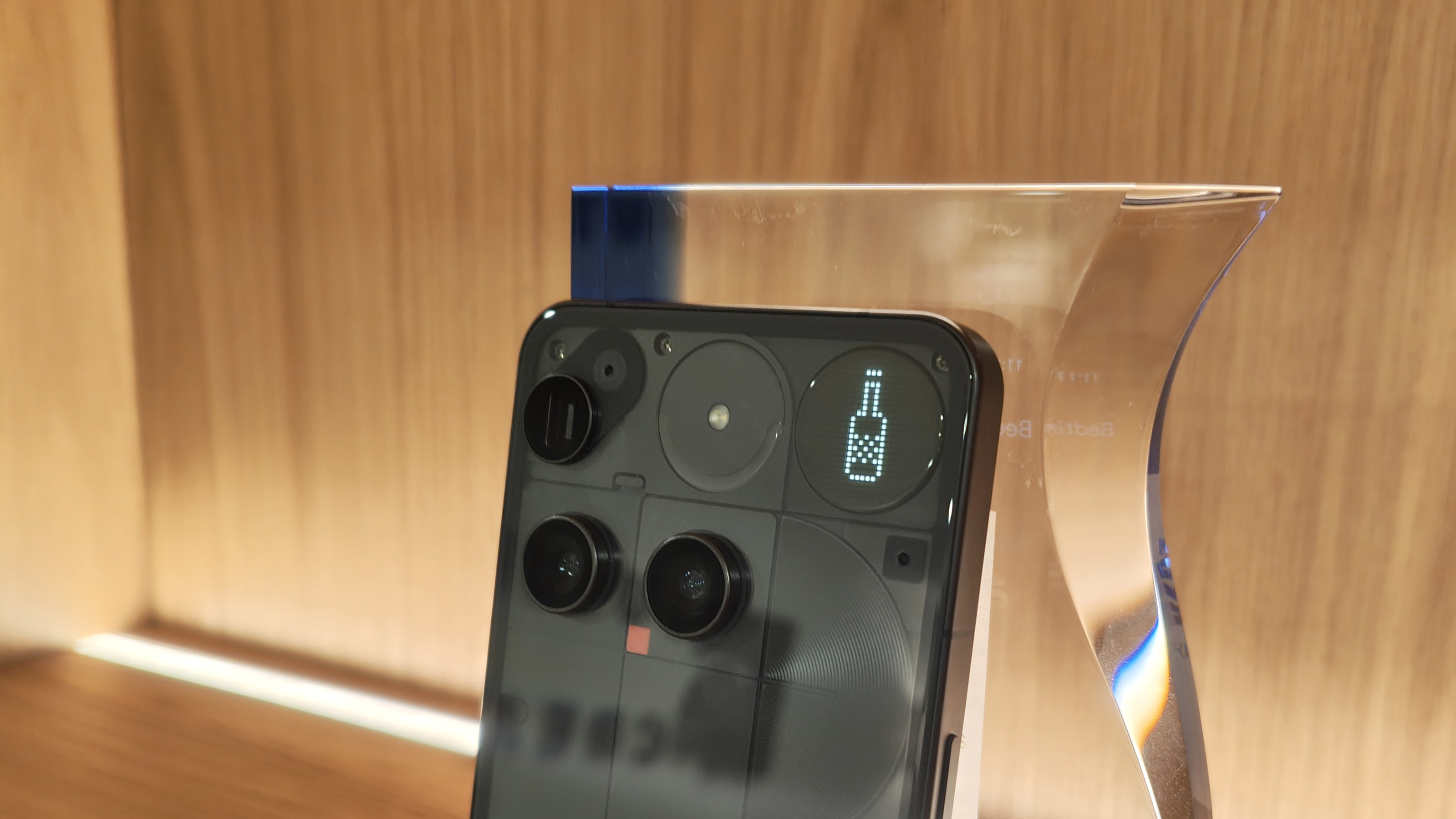
This dot matrix screen sits in a small circle on the back of the device and you can interact with it, with the subtle touch-sensitive circle around midway down on the back of the right-side of the phone.
Touch this and you can tap through the various Glyphs available, including a clock, stopwatch and a visual of how much battery is left. If you want to interact with these, then you do a long press.
There are also Glyph Toys which add to the fun. These include a ‘spin the bottle’ game — the bottle spins on a long press. There are more options to program this space in the Glyph Matrix section of the phone, including personalising it for contacts and the like.
When I mentioned fun earlier, this is exactly what I am talking about. It isn't anything groundbreaking but it is unique and the right side of quirky.
4. Triple cameras are triple-A in quality
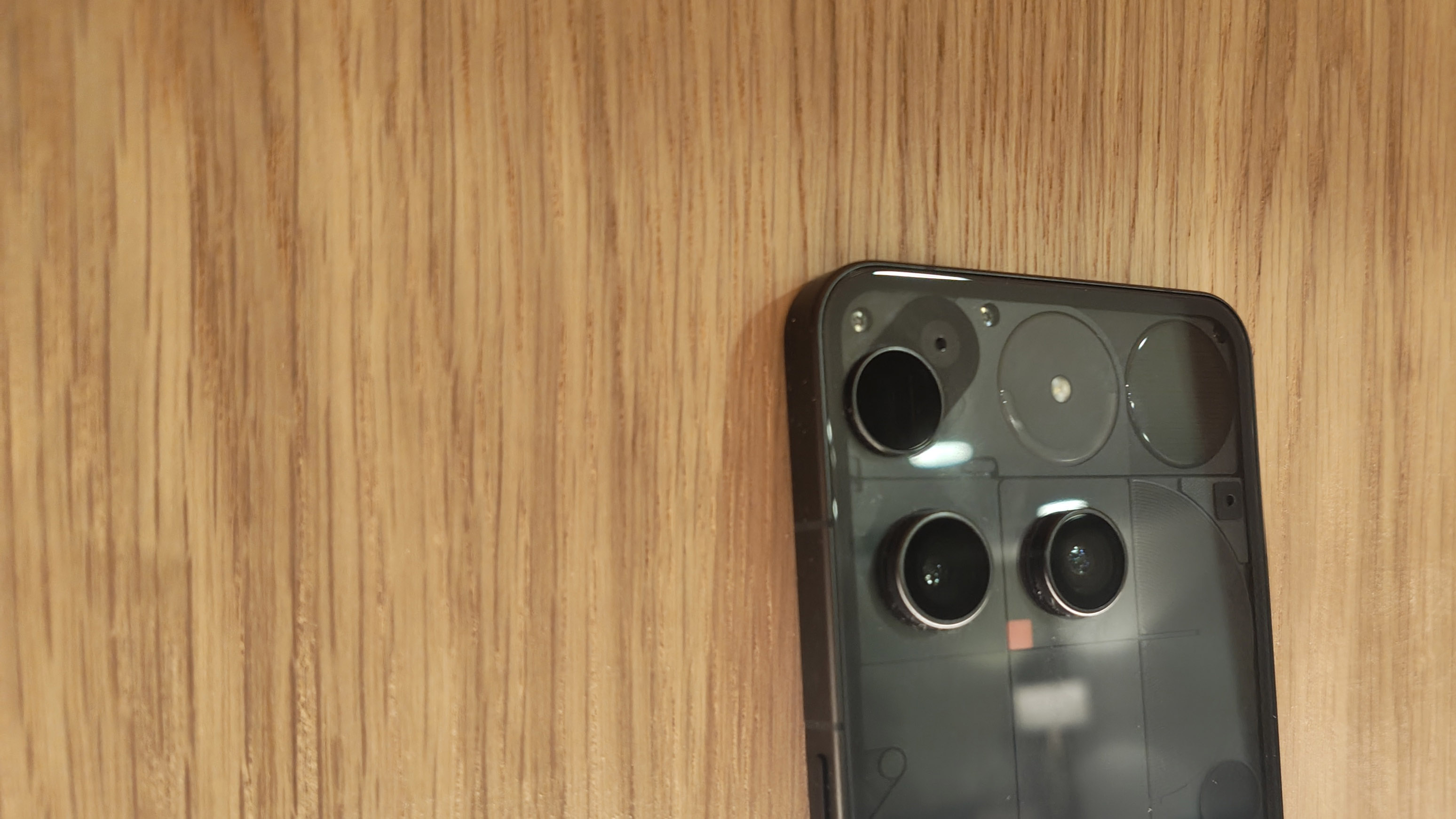
The biggest improvement in cameras on the Phone (3) is the addition of a periscope lens. This is a big deal, as it bridges the imaging gap between its rivals.
In total, there’s a 50MP Wide camera (main): 50MP Ultra wide angle: 50MP Telephoto; and a 50MP Front camera.
The front camera doesn’t have autofocus but worked well in my selfie tests, while the quality of the rear cameras is incredibly good.
The main camera offers natural-looking images, with very little over processing.
The macro shots I took with the telephoto lens were decent, capturing a nice amount of detail. While the ultra-wide was also commendable. There was an occasional lack of sharpness when it came to some of the images shot, but I was particularly impressed with the portrait mode.
When it comes to other modes within the camera app, there’s action, macro, night, slo-mo, pano and expert. There’s also video functionality.
And while I would usually shy away from adding watermarks to images, if you do it here they come with a lovely dot matrix style font.
5. Battery life is long-lasting
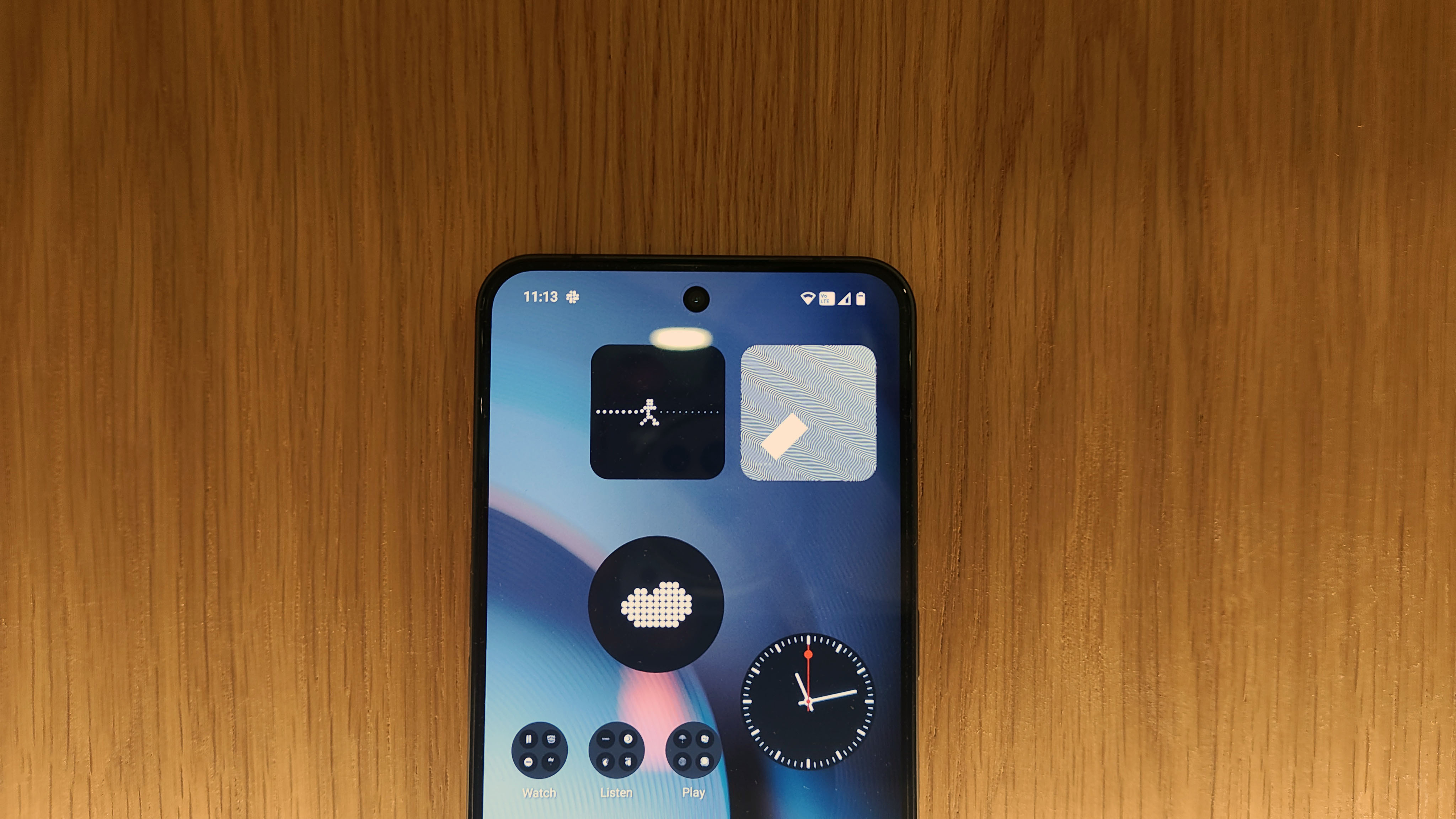
Battery life on the Nothing Phone (3) was solid. It uses a 5,150 mAh battery and I could get a day’s use out of it with no problem at all. At time of writing its 16:38 and there’s still 66% left on the clock.
That is with extensive testing, some light Netflix action and far too much doom scrolling than one person should be able to handle.
It’s got 65W charging on board, so if you have a charger that handles this — there isn’t one in the box — then you can juice the thing to around 30% in 15 minutes, 60 mins in half an hour, which is nice and speedy.
If you are someone that likes to charge wirelessly, then that’s also an option but you won’t get the speedy charge doing it that way.
Nothing Phone (3) review: Final Verdict
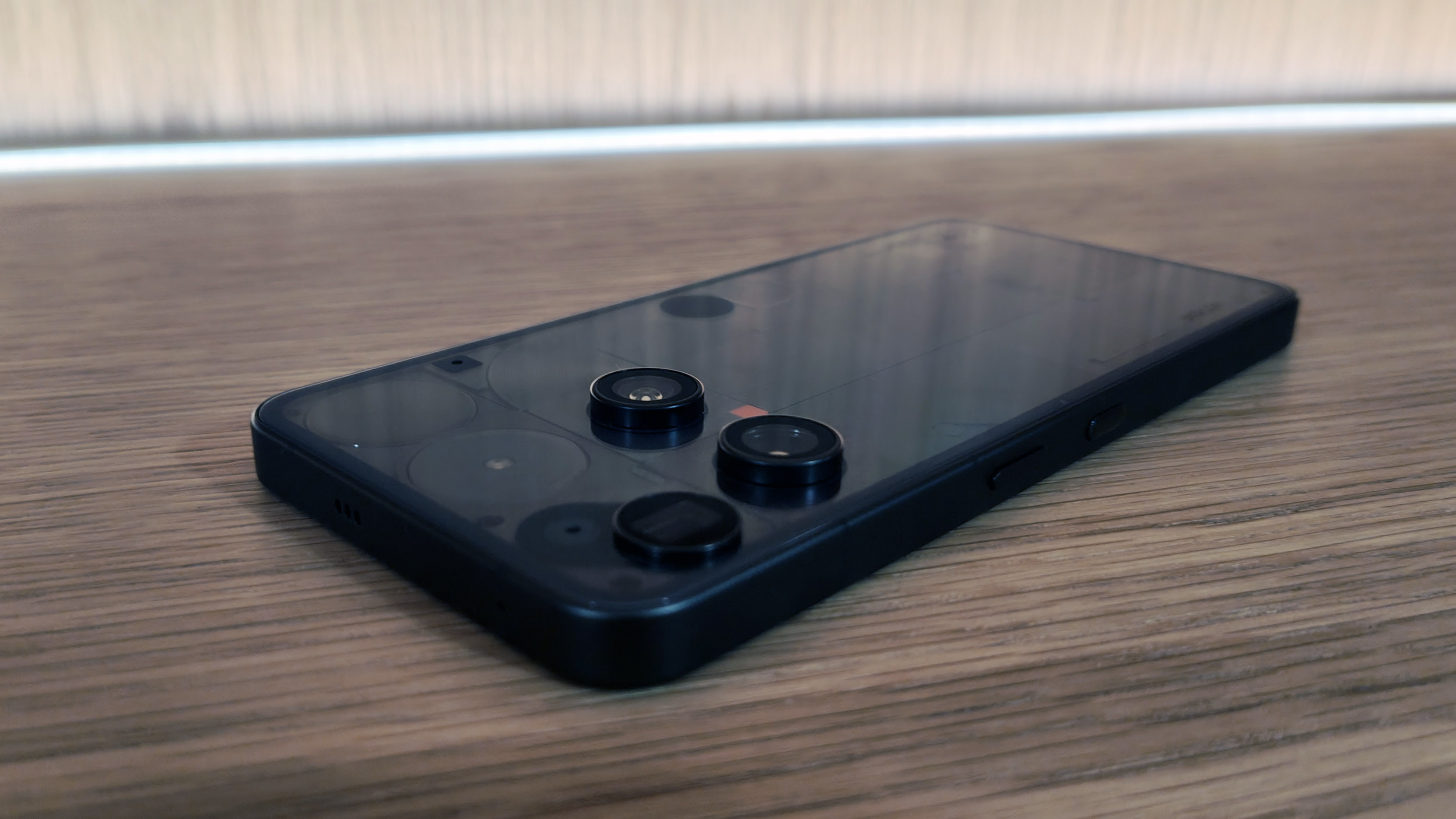
The Nothing Phone (3) truly stands out from the crowded crowd, proving that a flagship phone can be both powerful and playful.
Its distinctive design, the rather-brilliant Glyph Matrix and transparent look, combined with the monochrome Nothing OS, offers a refreshingly unique user experience.
While its performance isn’t a benchmark breaker, it handles daily tasks and even demanding games with no problems. The significant camera improvements, especially the addition of a periscope lens, also bridges the gap with rivals nicely.
The Nothing Phone (3) is fun but not a novelty; this is a smartphone that is different, defiantly so — and one that puts the fun back into flagship.

As Content Director of Shortlist, Marc likes nothing more than to compile endless lists of an evening by candlelight. He started out life as a movie writer for numerous (now defunct) magazines and soon found himself online - editing a gaggle of gadget sites, including TechRadar, Digital Camera World and Tom's Guide UK. At Shortlist you'll find him mostly writing about movies and tech, so no change there then.
You must confirm your public display name before commenting
Please logout and then login again, you will then be prompted to enter your display name.
-
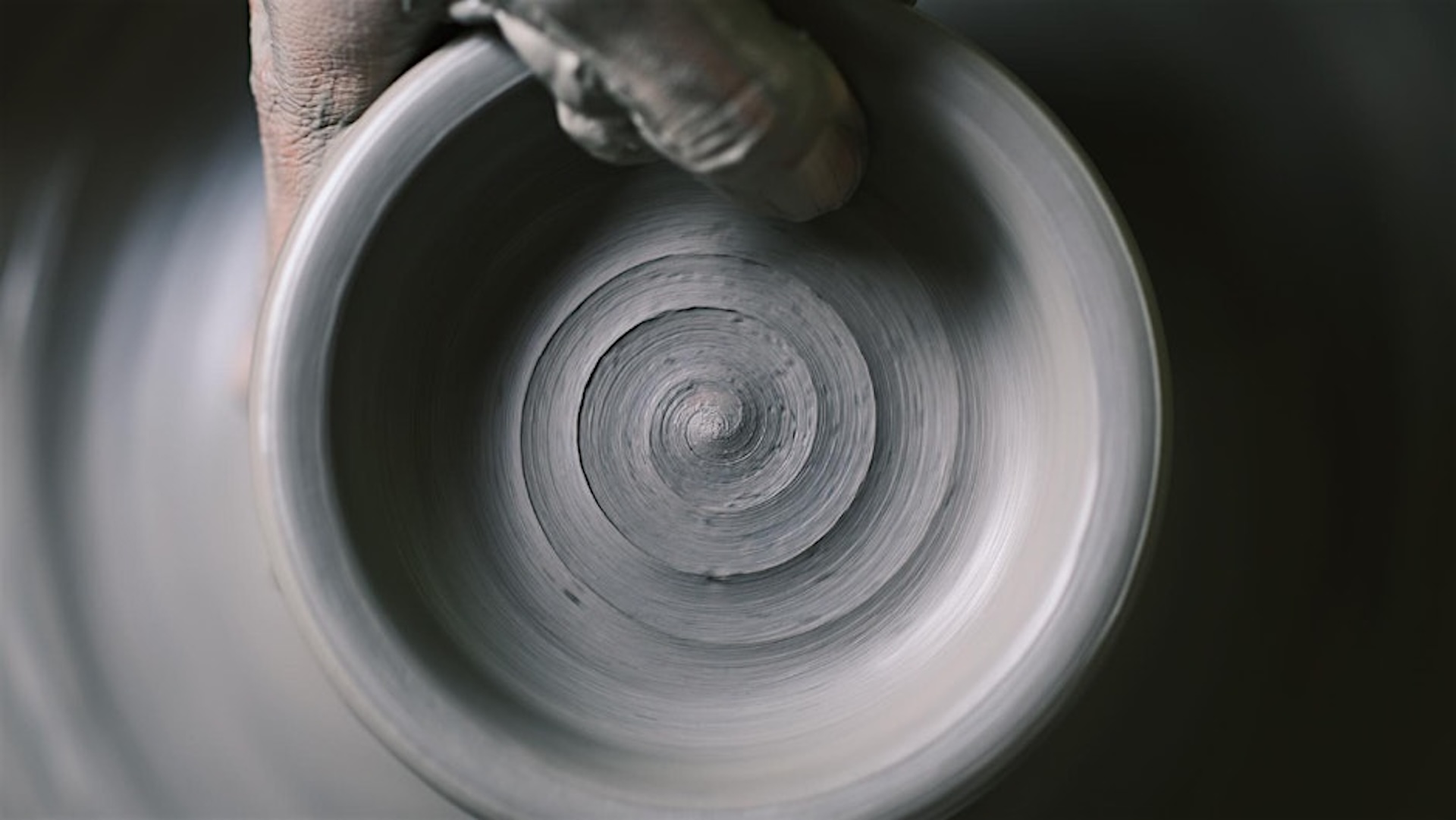 This New London exhibition is celebrating the quiet brilliance of Japanese craft
This New London exhibition is celebrating the quiet brilliance of Japanese craftNearly 2,000 handmade objects on display
By Morgan Truder Published
-
 The 9 best sandwiches in London
The 9 best sandwiches in LondonSHORTLIST SELECTS Where to get the city’s crispiest, creamiest, most craveable sarnies, according to king of sandwiches, Max Halley
By Morgan Truder Published
-
 London gets seven new restaurants added to the Michelin Guide
London gets seven new restaurants added to the Michelin GuideDelish
By Hermione Blandford Published